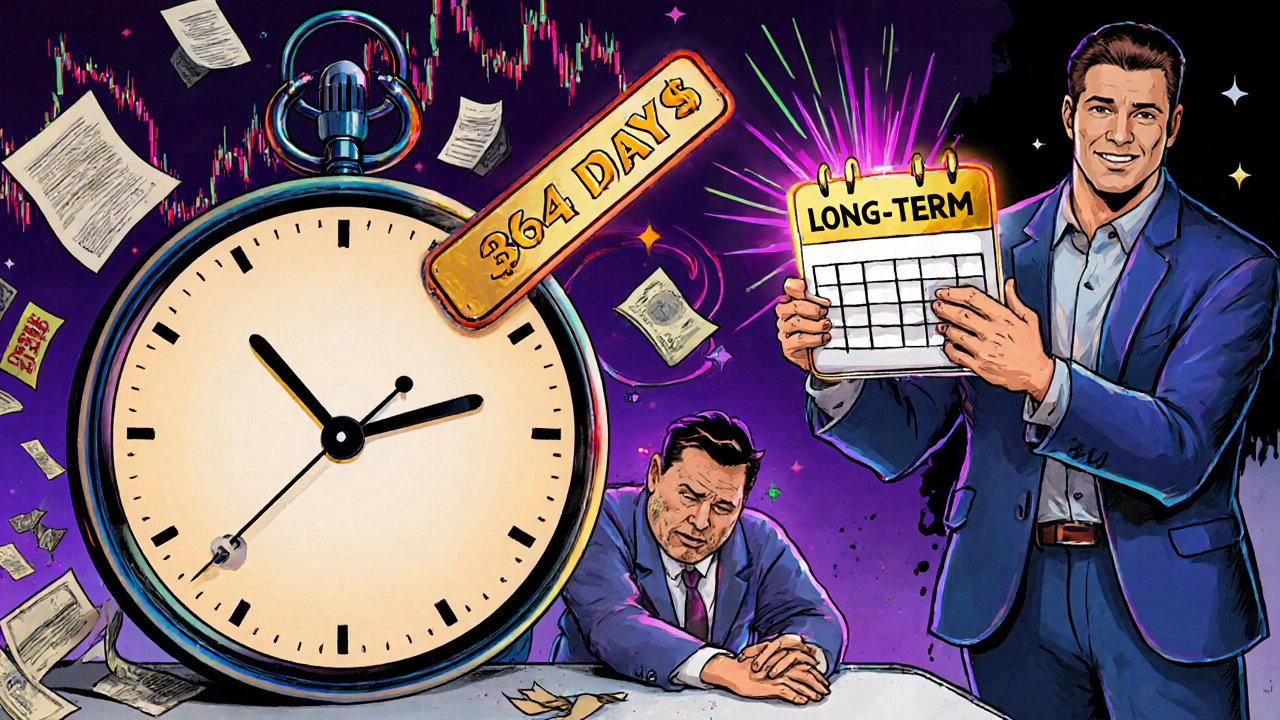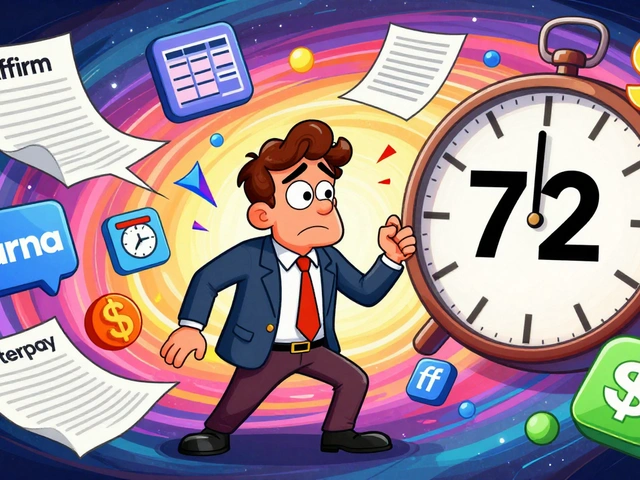Holding Period: How Long to Keep Investments and Why It Matters
When you buy a stock, bond, or crypto, the holding period, the length of time you own an investment before selling it. Also known as investment duration, it’s not just a calendar count—it’s the hidden driver of your taxes, returns, and peace of mind. Too short, and you might miss the real gains. Too long, and you could be stuck with something that’s lost its edge. The difference between a 12-month hold and a 13-month hold can save you hundreds—or thousands—in taxes. And it’s not just about rules; it’s about matching your timeline to your goals.
Think about how correlation, how assets move together over time affects your holding period. If stocks and bonds usually move in opposite directions, holding both long-term can smooth out your ride. But when inflation spikes, that relationship breaks. That’s when you might need to adjust—not just what you own, but how long you hold it. International rebalancing, the act of adjusting your global holdings to match changing currency and market conditions isn’t just about swapping assets. It’s about knowing when to let go. If you’ve held a foreign stock for six months and the dollar’s suddenly strong, holding longer might mean losing value you could’ve locked in. Your holding period isn’t set in stone—it’s a tool you tweak based on what’s happening in the market.
And then there’s tax efficiency, how your investment timeline affects how much you pay the government. In the U.S., if you hold an asset for more than a year, you pay a lower capital gains rate. That’s not a loophole—it’s the system working as designed. But many investors ignore this. They trade like gamblers, flipping stocks every few weeks, and wonder why their returns feel smaller after taxes. The best investors don’t chase quick wins. They plan their exits like they plan their entries. They know that patience isn’t passive—it’s a strategy. Even in volatile markets, the right holding period turns emotional reactions into disciplined decisions.
What you’ll find below are real stories from real investors who got this right—or got it wrong. You’ll see how holding periods interact with options trading, bond yields, international markets, and even crypto governance tokens. Some posts show how short-term volatility plays can backfire if you don’t know when to exit. Others reveal why holding Treasury bonds for years makes sense even when rates are low. There’s no one-size-fits-all answer. But by the end, you’ll know how to pick the right timeline for your money—and stop letting fear or FOMO decide for you.





